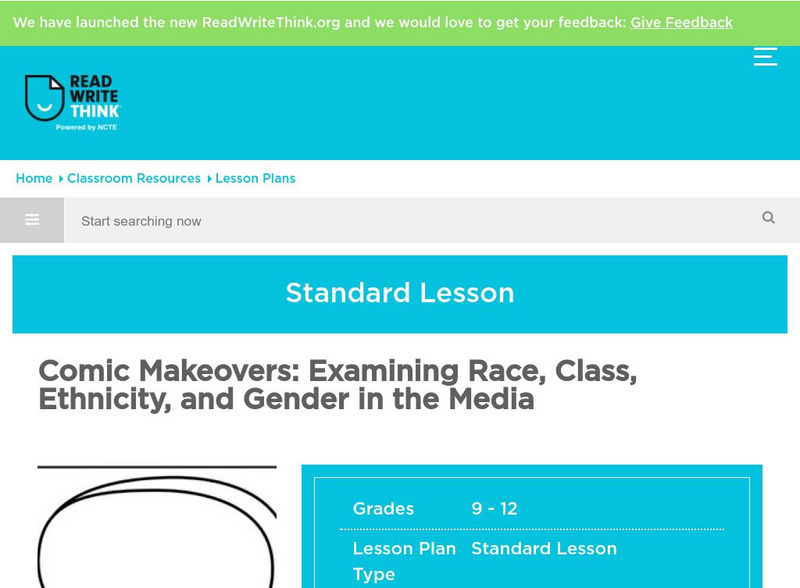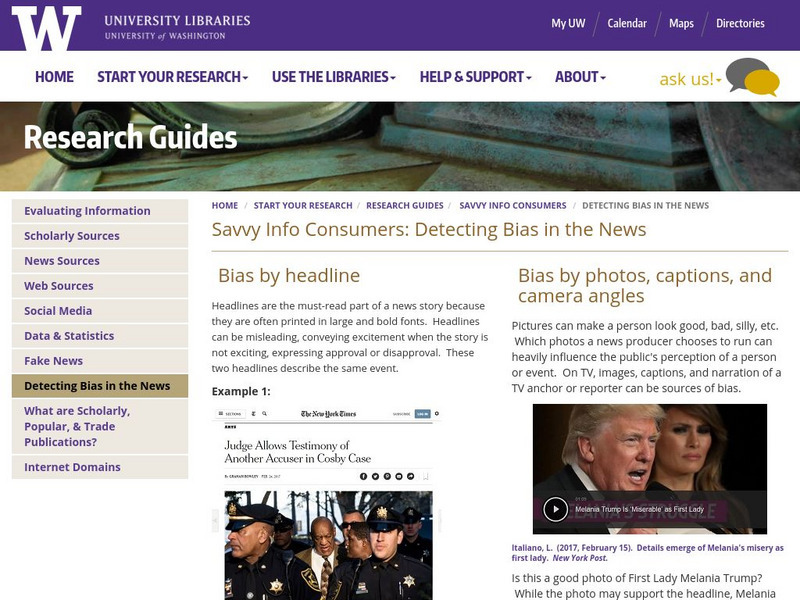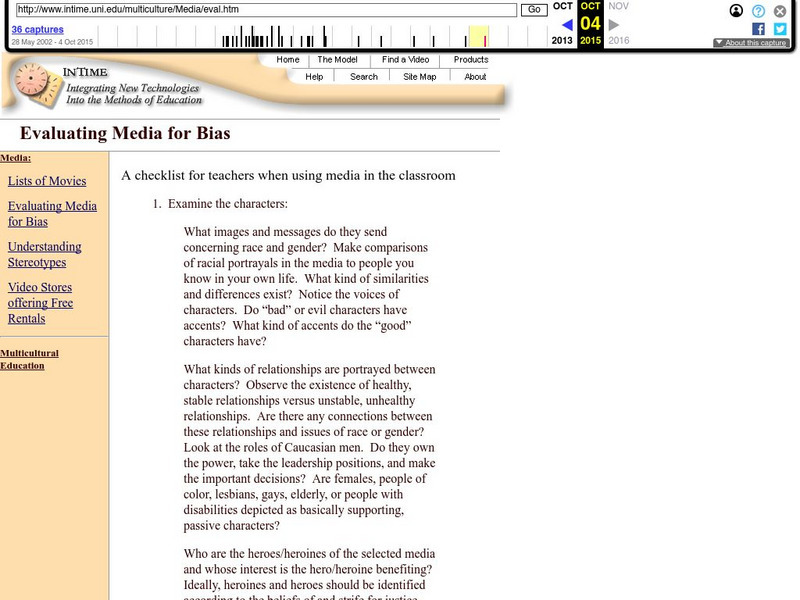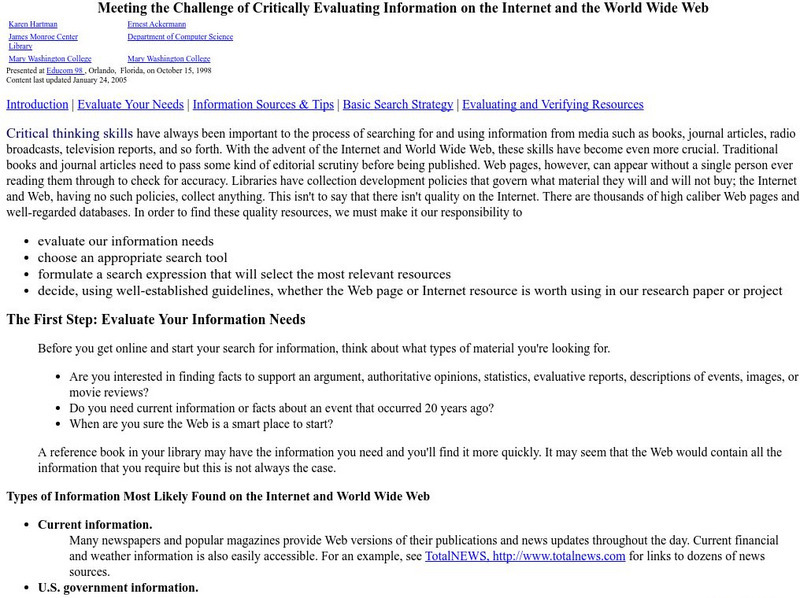Curated OER
Toy Dissection Graph
Students explore simple machines and how they are made. They examine the parts of the simple machine and collect information about its parts. Using Excel, students create circle and bar graphs from the collected data.
Curated OER
Statistical Accuracy and Reliability
Ninth graders assess the accuracy and reliability of current survey data and how it is represented. They design a survey, collect data, and use technology to analyze the data and present the results. Students examine scatter plots and...
Curated OER
Fly, Fly Away
Students use materials from their own environment to design a kite. In this kite design lesson, students research the history of kites and obtain a formal mathematical definition of a kite. Students sketch kite designs after discovering...
Other
Anti Discrimination Committee: Bibliography of Media Bias
This is an online bibliography of works dealing with Anti-Arab discrimination, stereotyping, and media bias. It includes government reports and ADC reports as well as scholarly works.
Annenberg Foundation
Annenberg Learner: Democracy in America: Understanding Media: The Inside Story
This unit highlights the integral role that the media plays in American politics to communicate between the leaders and the public. Offers video, readings, web resources, and activities.
Sophia Learning
Sophia: Politics and Media 3: Selling the Prez
Using electronic and print resources, this tutorial explores media bias and how political candidates are portrayed in the news. [2:42]
Ohio State University
Ohio State University: Think Political News Is Biased? Depends Who You Ask
Article about Ohio State University study that explores whether Republicans or Democrats think political news is biased. (Published April 7, 2003)
University of Michigan
News Bias Explored: The Art of Reading the News
Real-life examples, interactive headline and image games and brief explanations make this an attractive site for learning to recognize media bias.
Media Smarts
Media Awareness Network: Allies and Aliens: A Mission in Critical Thinking
This interactive module for Grades 7 and 8 is designed to increase students' ability to recognize bias, prejudice, and hate propaganda on the Internet and in other media. Includes an extensive teacher's guide.
iCivics
I Civics: News Literacy
Use this library of mini-lessons to teach students to recognize high-standards journalism so they can make informed judgments about the information coming at them and to help them identify and deal with misinformation, bias, opinion, and...
Other
How to Detect Media Bias & Propaganda [Pdf]
A portion of a larger book, this site is critical of journalism as it is presently practiced. This portion offers characteristics of critical news consumers.
Other
Media Activist's Kit for Fairness in Reporting
This site offers the whole package about bias in reporting: what it is, how to identify the source, how to complain about it and be heard, and what to do if all else fails. The site offers an extensive reading list along with detailed...
Media Smarts
The Media Awareness Network: Bias
Slant, or bias, can be found in virtually every news outlet. Use this online lesson plan to help students understand how word choices and other factors can intentionally or unintentionally affect the audience's understanding.
ReadWriteThink
Read Write Think: Examining Race, Class, Ethnicity, and Gender in the Media
Contains plans for five lessons that teach students how to recognize and avoid stereotyping in media. In addition to objectives and standards, this instructional plan contains links to sites used in the lessons as well as assessment and...
Other
Rhetorica Network: Media / Political Bias
A detailed explanation of how bias works is offered at this site, including critical questions for detecting bias in writing.
Media Smarts
Media Awareness Network: What's in a Word? Lesson Plan
Help 5th through 7th graders explore the power of words and their capacity to influence our thinking with this lesson from the Media Awareness Network. An easy-to-print .pdf version is linked from the top of the page.
University of Washington
Bias in the News
This handy page clearly explains various ways in which bias can creep into news reports. Examples of each method are given.
American Institute of Biological Sciences
Action Bioscience: Beach Closings: Science Versus Public Perception
The media is relaying inaccurate information as to why an increasing number of beaches are being closed. Understand the scientific reasoning for the closures versus the political and economic motivated reasons.
Other
In Time: Evaluating Media for Bias
This site provides a checklist, especially helpful for teachers, that details the way to check media elements to be used in the classroom for biases. This site provides six questions to help evaluate the effectiveness of the media in...
PBS
Pbs Learning Media: Point of View: Who, Me? Biased?: Understanding Implicit Bias
In this interactive lesson, students explore the extent to which society (and they themselves) may discriminate based on factors they're not even aware of, implicit biases. Why haven't laws been enough to eliminate discrimination? After...
Johns Hopkins University
Johns Hopkins University Sheridan Libraries: Information and Its Counterfeits
Distinguishing information from propaganda, biased reporting and misinformation is an important skill. This short article defines each of these, and provides examples of each.
McGraw Hill
Glencoe: Recognizing Propaganda: Loaded Language
Lesson plan designed for consumer health class, that is also useful for media literacy. Contains a link to an ad for an abdominal strengthening machine that provides the basis of the lesson plan. SL.9-10.2 eval & integrate sources
Other
Webliminal: Critically Evaluating Information on the Internet
This site gives excellent information on why it's important to evaluate the content of everything you find in cyberspace, and also tells you how to do so. It also contains information about using search engines effectively and how to...
Library of Congress
Loc: The Titanic: Shifting Responses to Its Sinking
In 1912, popular media headlined the sinking of the world's largest luxury passenger ocean liner while on its maiden voyage. Newspapers captivated the world's attention with stories from survivors and about victims who did not survive....
Other popular searches
- Bias in the Media
- Media Bias Iraq War
- Bias in the News Media
- News Bias and Discrimination
- Identifying Media Bias
- Detecting Media Bias
- News Bias
- Iraq Media Bias
- Iran Media Bias
- Television News Bias
- Bias in News Media
- Bias in News Media Race


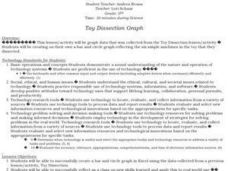


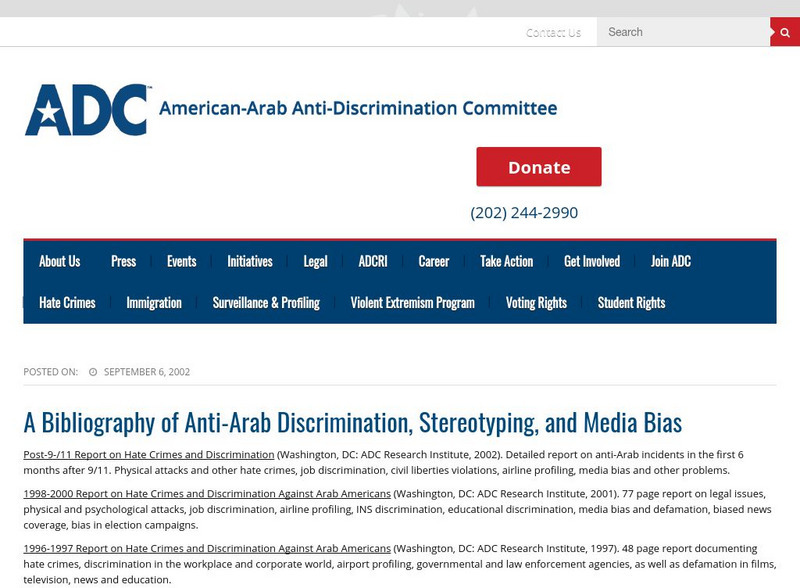
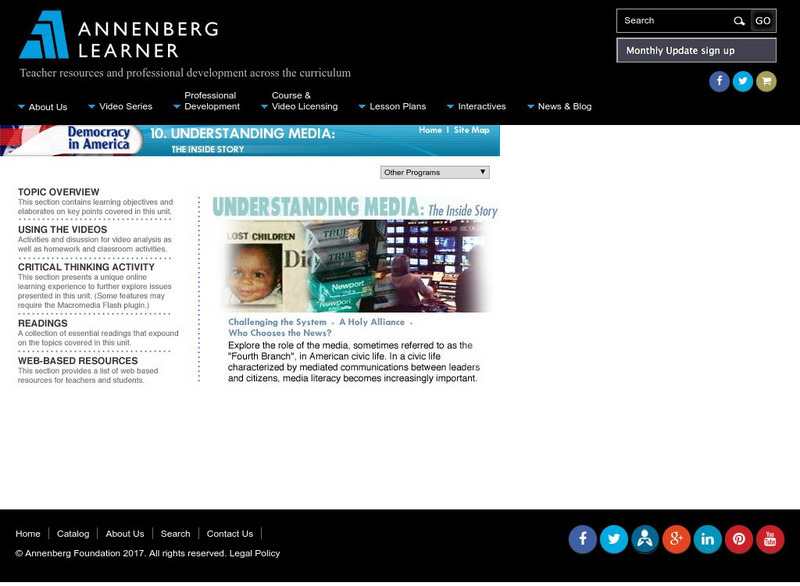


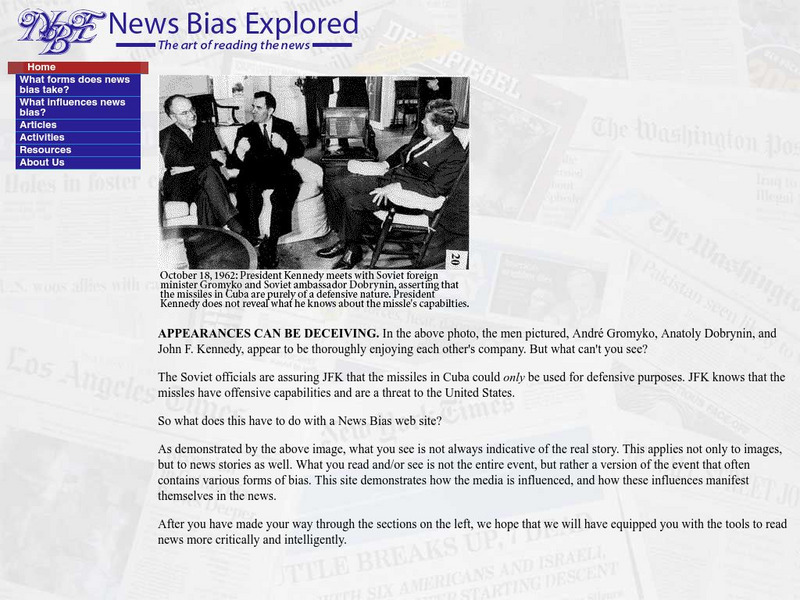
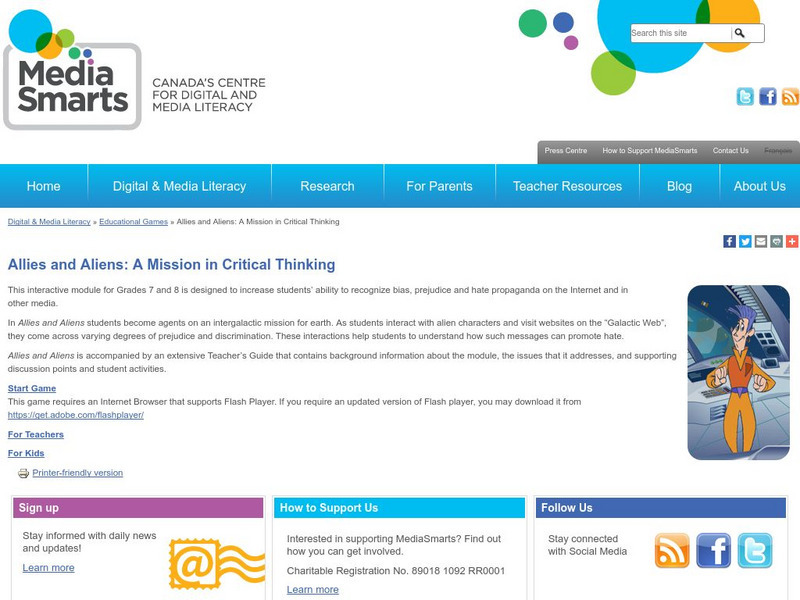
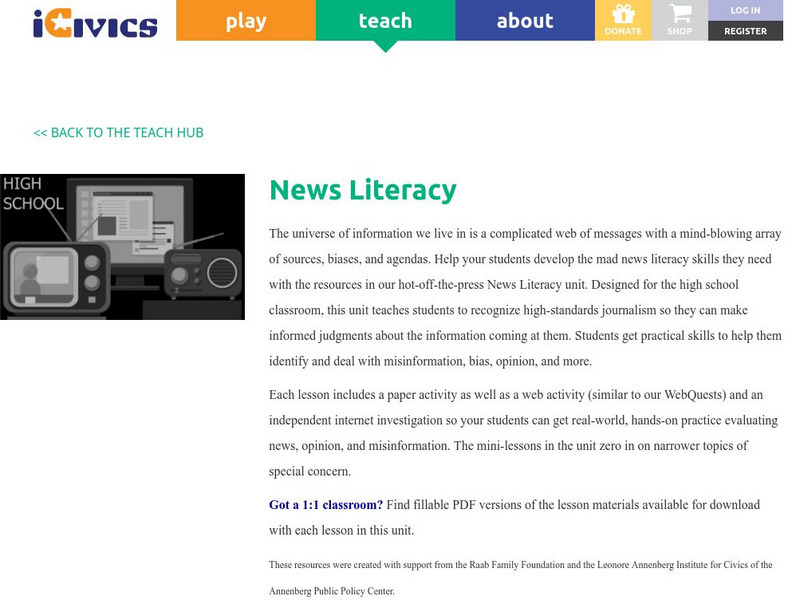
![How to Detect Media Bias & Propaganda [Pdf] Activity How to Detect Media Bias & Propaganda [Pdf] Activity](https://d15y2dacu3jp90.cloudfront.net/images/attachment_defaults/resource/large/FPO-knovation.png)

